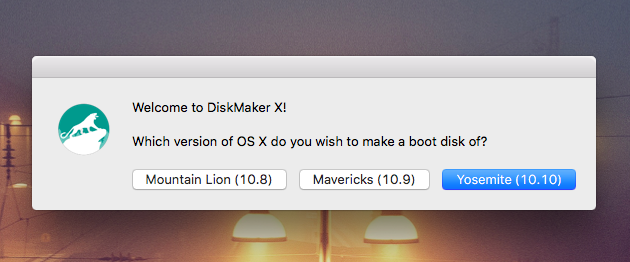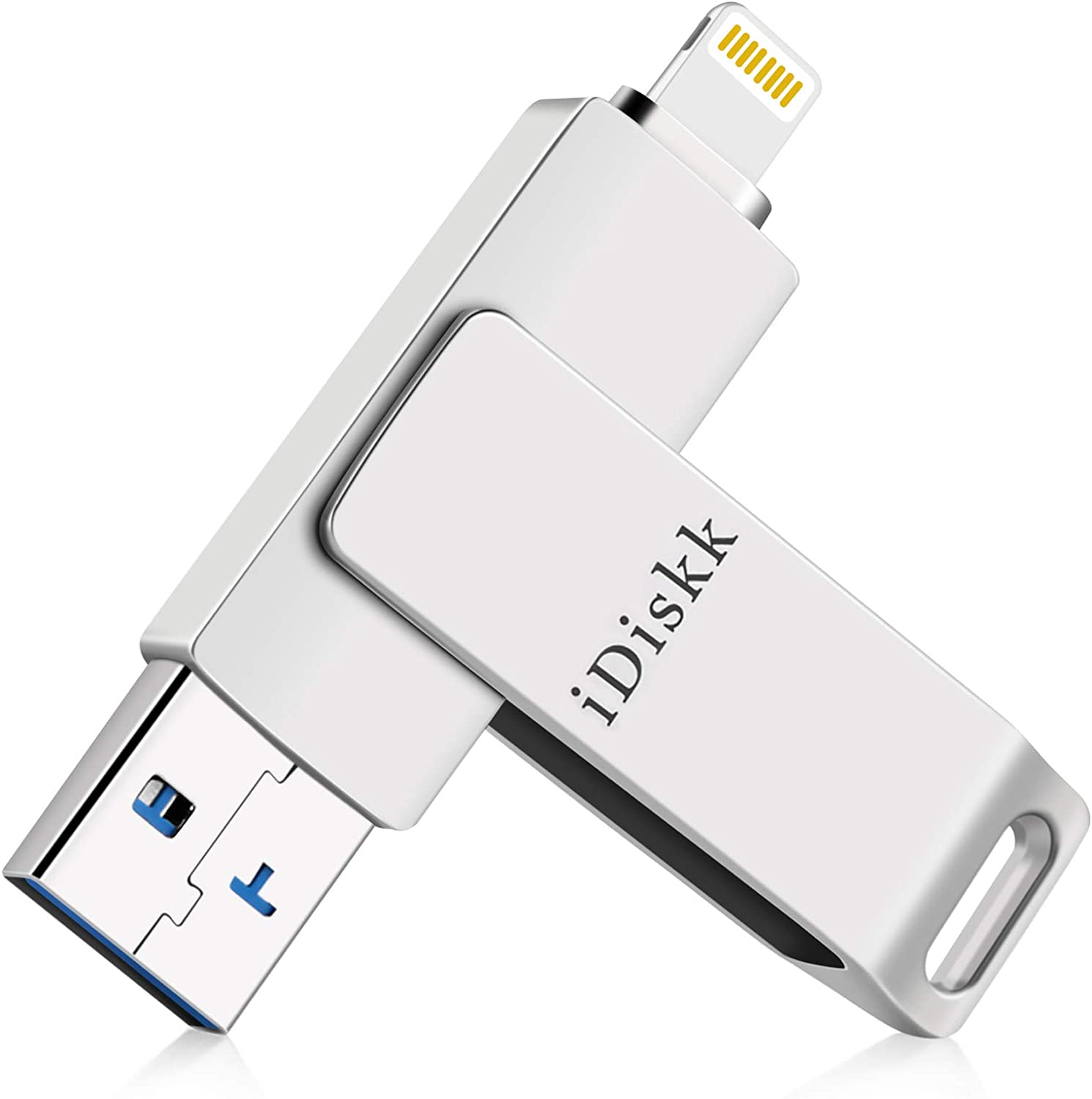- How To Download Photos From Mac To Flash Drive Mac
- How To Download Photos From Mac To Flash Drive Windows 10
Flash drive, mobile media for data storage or 'memory USB stick”As they are also known, they have come to support large data capacities, the equivalent of a classic hard drive or an SSD. We have flash drives with connection USB or USB Type-C which also exceed 1-2 TB of storage space.
Learn how to copy files from Windows 8 PC to a Mac OS X computer using external flash drive formatted in FAT32 file system.Don't forget to check out our site. This is a 'How to' video explaining how to copy pictures from your iPhoto library to a USB flash drive, or any external storage, or really anywhere else on y. USB Flash Drives to Transfer Files between Mac and Windows. Since USB drives are an easy and portable solution, we can start with the USB drives to transfer files. Flash drives are available in the range of 16GB to 256GB for a very low price. Storage devices (such as external hard drives) can also be available on your network. Additionally, you can insert flash memory cards from your camera or other device in the SDXC card slot in your Mac. If your Mac doesn’t have a card slot, you can access the data on the flash memory card using a connected card reader. A USB 3.0, USB-C, or Thunderbolt hard drive may appeal, but if you intend to spend time using the Photos app editing the photos and so on, the best option would be to consider flash storage (an SSD). Check out our guides to the best external hard drives and what to consider while buying an SSD.
In the case of a flash drive with large storage space, we can Partition and get it format them just like a classic had disk. Moreover, we can create more partitions of which one or more of them should be encrypted si password protected.
How we divide the storage space of a flash drive into several partitions or containers
With the introduction of the system APFS (Apple File System) by Apple in the spring of 2017, the possibility of split the volume of a hard disk into several compartments, called Container, without actually partitioning the disk space. Basically, in APFS, 'container' means partition. With the peculiarity that the space on a 'container' can be dynamic. From the total space of the disk (container) a predetermined space (volumes) or dynamic is shared.
The user has the option on Mac to divide the space of a flash drive into several classic partitions (partitioning) or to add APFS volumes in the main container. Each added volume will share a default space or a dynamic space.
The advantage of APFS is that of adding and deleting volumes APFS it is simpler and faster than in the case of a classical partition.
In our example we will take a flash drive SanDisk de 256 GB that we want to we divide into two volumes. Two virtual partitions. One visible to all users and one encrypted and spoken.
SanDisk Ultra USB 3.0 Media, connected to Mac.
open disk Utility and go to the menu on the top left (views) to see all the devices.
Select diskthe physical under 'External'And we click on the button'Erase'In disk Utility. At this moment, our flash drive is formatted exFAT - MBR (Master Boot Record).
In the dialog box of 'Erase”We choose a name for the first volume (iHowTo.Tips, in our case), then we choose the scheme: “GUID Partition Map', Then formatted: 'APFS'. It is very important to choose 'GUID Partition Map”Before formatting. It is the only scheme that will allow you APFS.
Before you press the button 'EraseMake sure you don't have important data on flash drive or that you backed up to them.
After the operation, under the name of the physical hard drive will appear a 'Container'If under him a'Volume”With the name we chose. Both container and volume will be APFS. The space can be used for data storage.
At this point we have a storage volume called 'iHowTo.Tips' that we can access from the Finder.
Next we will see how we can add another encrypted volume with 'ihowTo.Tips'. Password protected.

We can add the new volume by creating another container or inside the already created container. Select container on the left (Container disk3, in our case) and then click on 'Partition”At the top of the Disk Utility.
After clicking on 'Add Volume' we have a dialog box where we choose the name of the new volume and the format. Select “APFS (Encrypted)”.
We set a password and a hint to remember our password in case we forget it.
Click 'Add' and wait for the operation to complete.
In the end we will have two volumes (iHowTo.Tips and Stealth) under the same container, both dynamically sharing all available space.
Every time we connect the flash drive to a PC or Mac, for accessing the data on the 'Stealth' volume, the password will be required.
Apr 26, 2021 You need a copy of the El Capitan installer to make a bootable USB. The El Capitan installer is downloaded to the /Applications folder, with the file name 'Install OS X El Capitan.' If you've installed El Capitan and want to create a bootable installer, re-download the installer from Apple. 
Both partitions can be accessed from Finder and you can copy, delete and edit the stored data.
This is the simplest way you can partition a flash drive si you can password a partition or the whole USB stick.
You May Also Like
What's New
It is common for Apple users to use iPads to take photos or store items from other sources. This makes pictures big occupiers of an iPad. Sometimes, to speed up iOS on your iPad, you may need to upgrade the system, reset the device to factory settings, delete its content, etc. So, before that, you would probably like to transfer photos to another independent memory like a USB flash drive.
Do you know how to transfer photos from iPad to flash drive? To tackle the problem, we will set out the top 6 ways for you in this passage. Now, let's get right to the point.
- Way 1: How to Transfer Photos from iPad to Flash Drive with Assistant for iOS[Hot!]
Way 1: How to Transfer Photos from iPad to Flash Drive with Assistant for iOS
Usually, as there are too many photos on the iPad, and they are stored in different locations, you need a standout iPad/iPhone photo manager to take control of them. For example, before moving photos from iPad to flash drive, it is necessary to delete duplicate photos and quickly select pictures beforehand.
Well, these are a piece of cake for MobiKin Assistant for iOS (Win and Mac). This program can categorize photos clearly by Name Size, Format, Date Created, Storage Type, etc. It is an ideal tool for iOS data management.
Main features of MobiKin Assistant for iOS:
- Transfer all sorts of photos from an iPad to a computer or any flash drive without iTunes.
- Delete useless photos from iPad/iPhone/iPod with one click.
- The supported data types: Photos, Videos, Notes, Contacts, SMS, Books, Safari Bookmarks, Music, Voice Memos, Podcasts, Playlists, and more.
- Back up and restore data between iPad/iPhone/iPod and iTunes.
- Manipulate iOS content on your computer in a direct manner.
- Work well with various iDevices, including iPad Pro, iPad Air, iPad 4, iPad mini, the new iPad, iPad 2, overall iPhones, iPods, etc.
- It never intrudes on its users' privacy.
3 easy steps on how to transfer photos from iPad to flash drive with Assistant for iOS:
Step 1. Install and launch Assistant for iOS on a computer. Connect your iPad to the computer via a USB cable. Hit 'Trust' on your iPad to trust the computer and press 'Continue' to have the iPad connected.
Step 2. Select the 'Photos' section to preview and mark the pictures you're to transfer. Next, click 'Export' to save them on any location of your computer.
Step 3. Finally, insert your USB flash drive into this computer. Select your required photos from your computer and transfer them to the flash drive.
For Android users, you can tap the link to learn how to transfer photos from Android phone to USB flash drive.
Way 2: How to Download Pictures from iPad to Flash Drive via File Explorer on Windows
File Explorer is only available for moving Camera Roll photos from iPad to Mac and then to a flash drive. Namely, photos synced from iCloud or iTunes, etc., can not be processed.
How To Download Photos From Mac To Flash Drive Mac
To transfer photos from iPad to USB drive via File Explorer:
- Connect your iPad to a PC with a USB cable and insert your flash drive into the USB port on this PC.
- Unlock your iPhone and trust this computer as prompted.
- On your computer, head to 'This PC' > 'Internal Storage' > 'DCIM' > '100APPLE'.
- You will see all the photos from your iPad Camera Roll.
- Copy the photos you want to move and paste them from the folder onto your USB flash drive.
You May Also Like:
Way 3: How to Import Photos from iPad to Flash Drive Using iPhoto on Mac
How To Download Photos From Mac To Flash Drive Windows 10
iPhoto delivers the option to move pictures and other media files from an iOS device to Mac and then to a storage device. You can upload photos from iPhoto to Facebook or other social media. Plus, it also gives you the ability to delete your iPad photos from a Mac computer directly.

To transfer pictures from iPad to USB stick using iPhoto:
- Connect your iPad to a Mac with a USB cable and insert the flash drive to this Mac.
- iPhoto should then open automatically.
- Go to the 'Album' tab at the top of the screen.
- Select 'All photos' to back them up from your iPad to your flash drive.
- You can also choose individual images to transfer.
Generally, iPhoto doesn't appear on new versions of macOS X. You can launch it manually after going to 'Purchases' of your Mac App Store > locating 'iPhoto' > clicking 'Install'.
Way 4: How to Transfer Photos from iPad to USB Stick via Image Capture on Mac
Image Capture plays the role of File Explorer on Mac in a great measure. It works to transfer photos from a device like an iPad with a camera to a Mac or a memory device linked to the Mac.
How to download pictures from iPad to flash drive with Image Capture?
Nox works seamlessly on mac based machines including iMac and macbooks. Android is an highly customizable OS and supports hundreds and thousands of games and apps and this is why it is loved by even apple lovers. If you are a mac user but want to play android games on your mac then Nox is absolutely for you. Nox for mac is free to download. Nox 99 mac. There are 4 methods to solve the problem when you are stuck at 0-99% at the startup of the emulator: You've never started NoxPlayer normally: check this detailed tutorial; You've started it normally but it's not working for some reason this time: Create a new instance in Multi-Drive; For Mac users: check this detailed tutorial; Send feedback or contact us.
- Connect your iPad and flash drive to the same Mac.
- Wake up your iPad and trust this computer when asked.
- Open Image Capture and click your device from the pop-up screen.
- Click the box nearby 'Import To' and set your USB flash drive as the destination.
- Select the photos you want to copy or click 'Import All'/'Import' to move the items from your iPad to the flash disk.
Read Also:
Way 5: How to Transfer Photos from iPad to Memory Stick with iCloud
The key to doing the task in this way is to enable the 'iCloud Photo Library' on your iPad. After the transfer, if you disable this feature, the items downloaded to this device would be deleted by default.
How to transfer photos from iPad to flash drive with iCloud?
- Connect your USB drive to your PC/Mac.
- Go to 'Settings > Name/Apple ID' on your iPad.
- Tap iCloud > Photos to enable 'iCloud Photo Library'.
- This will save your iPad photos to iCloud automatically.
- After that, log in to iCloud on a Web browser and click Photos > Albums > All Photos.
- The pictures from your iPad will turn up in the folder.
- Choose your desired photos and click 'Download' to store them in your USB flash drive.
Way 6: How to Transfer Photos from iPad to USB Stick via Email
You can also do the job with the help of your email like Gmail, Hotmail, Yahoo, etc. It's easy to operate, yet you can only send 5 photos at a time.
Can I transfer photos from iPad Pro/Air/mini to USB stick via Email?
Sure! Here're the directions:
- Run the Photos app on your iPad.
- Open the album and handpick the photos you wish to transfer to your flash drive.
- Tap the 'Share' button and choose 'Mail'.
- Input an email account for receiving the pictures and tap 'Send'.
- Visit the mailbox you use to receive the email on your computer.
- Plug your flash drive into this computer.
- Check the photos in the mailbox and download them to your PC.
- Send the pictures from your computer to this flash drive.
Verdict
There is no doubt that MobiKin Assistant for iOS is the best program for transferring photos from iPad to flash drive. This tool makes it easy to move photos as well as back up and manage all iOS data. Meanwhile, it is also a safe and productive tool for all Apple fans.
At last, you may find this page is mainly about how to download pictures from iPad to flash drive with the aid of a computer. Do you wonder how to do this without a PC/Mac? OK, here are 3 hints for you: Ios emulator osx.
- There are lightning flash drives like SanDisk iXpand Flash Drive for Apple iPhone iPad. It also has a traditional USB, which can be used to connect to your iPad, and then help transfer photos across.
- If you have an SD card with a USB SD card reader for PC, consider getting a flash of lightning to the SD card reader.
- Some WiFi routers have a USB port, which allows you to share flash drive storage with WiFi clients.
Related Articles: